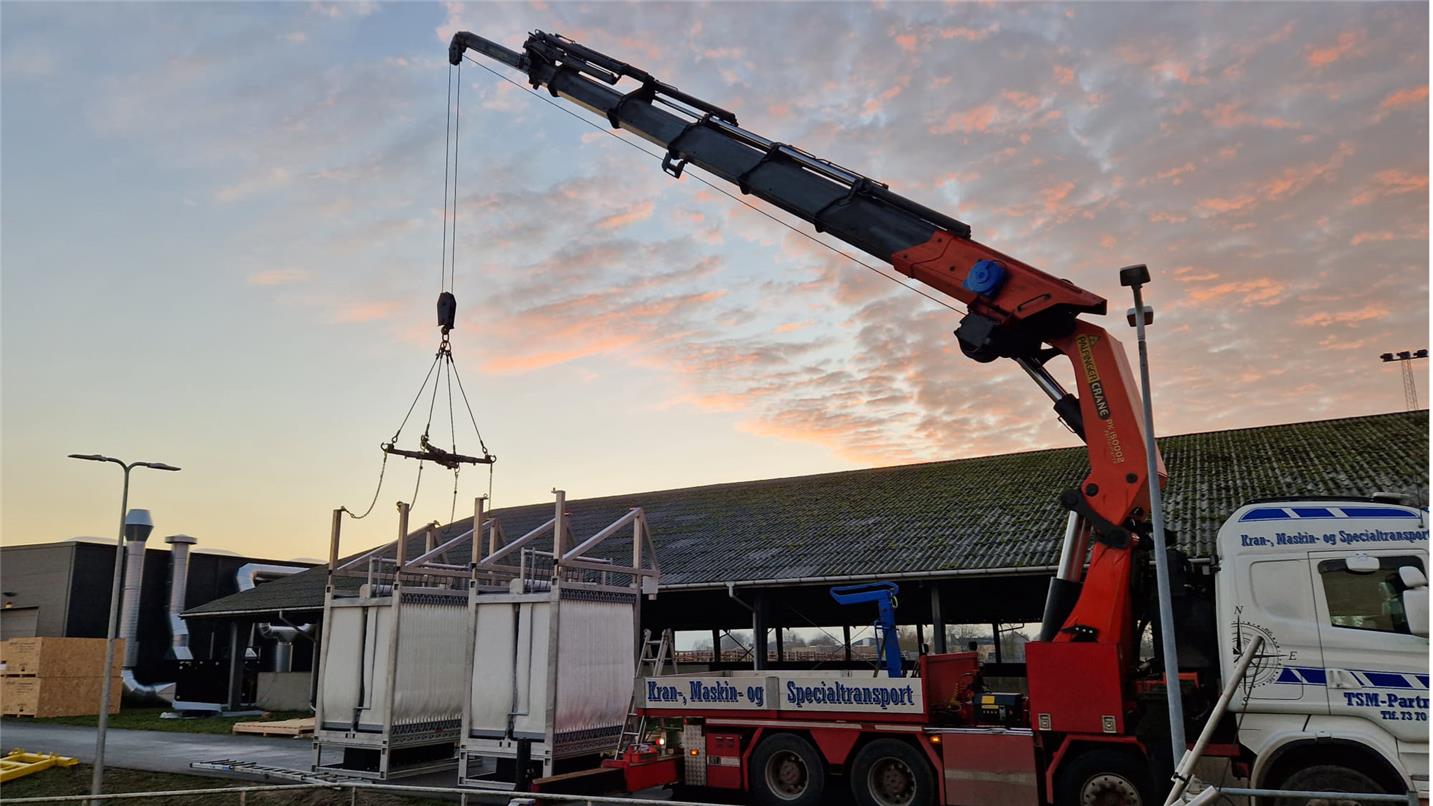Maximizing biological treatment capacity at significantly improved energy consumption for existing wastewater treatment plants
Many existing wastewater treatment plants need to be upgraded in order to meet increased loads, more strict effluent criteria as well as higher demands for improved energy efficiency and carbon footprint.
The plants are often located in places with limited space availability and therefore the focus is to develop new energy efficient solutions to increase the capacity of the existing processes without the need to build new process tanks.
The plants are often located in places with limited space availability and therefore the focus is to develop new energy efficient solutions to increase the capacity of the existing processes without the need to build new process tanks.
Membrane aerated biofilm reactors (MABR)
MABR is an innovative biological treatment process that utilizes gas-permeable membranes to facilitate the transfer of oxygen to a biofilm attached to the membranes. This allows for the growth of aerobic microorganisms that break down organic matter in the wastewater, resulting in its treatment.
By implementing MABR technology, operators aim to enhance the efficiency and effectiveness of wastewater treatment. This modernization can improve the removal of pollutants, especially ammonia, and thereby increase the overall capacity of the plant. It is a significant step forward in utilizing advanced wastewater treatment methods to meet environmental standards and ensure sustainable water management.
The largest MABR installation in the Nordics
MABR has been tested for several years by VandCenter Syd (VCS) in a pilot plant at Ejby Mølle WWTP, located southeast of Odense.
Following this pilot study, VCS decided to permanently install MABR at Søndersø wastewater treatment plant. The plant was installed and commisioned in Febuary 2023 and this is now the largest MABR installation in the Nordics.
The Søndersø wastewater plant, which was originally constructed in 1990, is designed to treat wastewater from 20,000 Person Equivalents (PE). The plant consists of two biological treatment lines operated in parallel and seven MABR modules was installed in one of the lines.
The MABR solution was installed within few months from engineering until final plant commisioning and the onsite installation work took less than two weeks.
Following this pilot study, VCS decided to permanently install MABR at Søndersø wastewater treatment plant. The plant was installed and commisioned in Febuary 2023 and this is now the largest MABR installation in the Nordics.
The Søndersø wastewater plant, which was originally constructed in 1990, is designed to treat wastewater from 20,000 Person Equivalents (PE). The plant consists of two biological treatment lines operated in parallel and seven MABR modules was installed in one of the lines.
The MABR solution was installed within few months from engineering until final plant commisioning and the onsite installation work took less than two weeks.
The key targets for the process are to prove following:
- Peak ammonia loads can be treated at up to 75% less energy consumption compared to conventional treatment processes
- The extended biological capacity can be increased by 30-40%
This will be proved over the coming years of operation.
